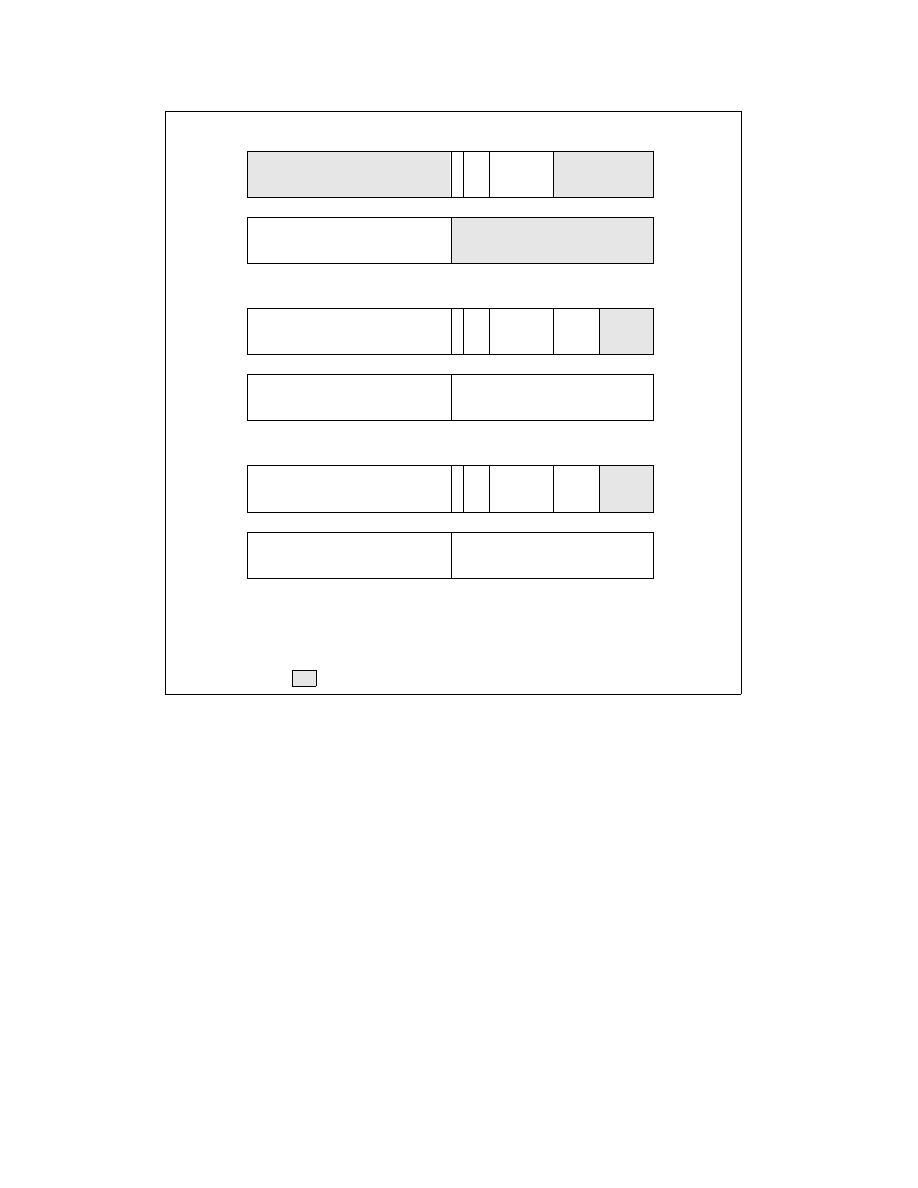
Vol. 3A 6-11
INTERRUPT AND EXCEPTION HANDLING
6.12
EXCEPTION AND INTERRUPT HANDLING
The processor handles calls to exception- and interrupt-handlers similar to the way it handles calls with a CALL
instruction to a procedure or a task. When responding to an exception or interrupt, the processor uses the excep-
tion or interrupt vector as an index to a descriptor in the IDT. If the index points to an interrupt gate or trap gate,
the processor calls the exception or interrupt handler in a manner similar to a CALL to a call gate (see Section
5.8.2, “Gate Descriptors,” through Section 5.8.6, “Returning from a Called Procedure”). If index points to a task
gate, the processor executes a task switch to the exception- or interrupt-handler task in a manner similar to a CALL
to a task gate (see Section 7.3, “Task Switching”).
6.12.1
Exception- or Interrupt-Handler Procedures
An interrupt gate or trap gate references an exception- or interrupt-handler procedure that runs in the context of
the currently executing task (see Figure 6-3). The segment selector for the gate points to a segment descriptor for
an executable code segment in either the GDT or the current LDT. The offset field of the gate descriptor points to
the beginning of the exception- or interrupt-handling procedure.
Figure 6-2. IDT Gate Descriptors
31
16 15
13
14
12
8 7
0
P
Offset 31..16
D
P
L
0
4
31
16 15
0
Segment Selector
Offset 15..0
0
0
1
1
D
Interrupt Gate
DPL
Offset
P
Selector
Descriptor Privilege Level
Offset to procedure entry point
Segment Present flag
Segment Selector for destination code segment
31
16 15
13
14
12
8 7
0
P
D
P
L
0
4
31
16 15
0
TSS Segment Selector
0
1
0
1
0
Task Gate
4
5
0 0 0
31
16 15
13
14
12
8 7
0
P
Offset 31..16
D
P
L
0
4
31
16 15
0
Segment Selector
Offset 15..0
0
1
1
1
D
Trap Gate
4
5
0 0 0
Reserved
Size of gate: 1 = 32 bits; 0 = 16 bits
D